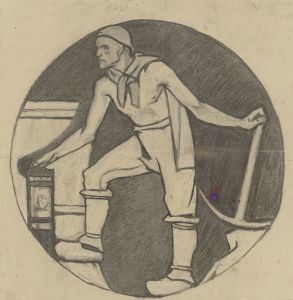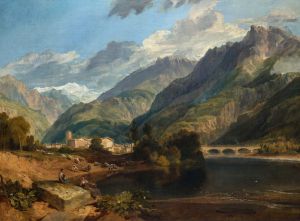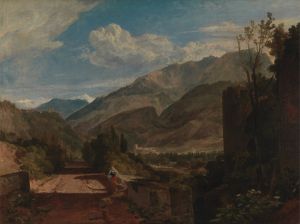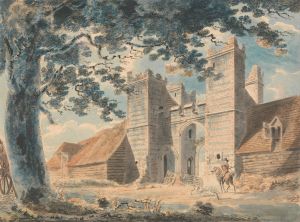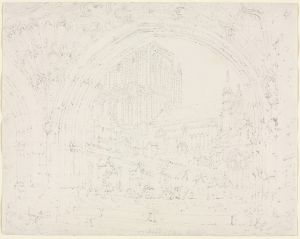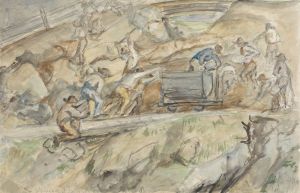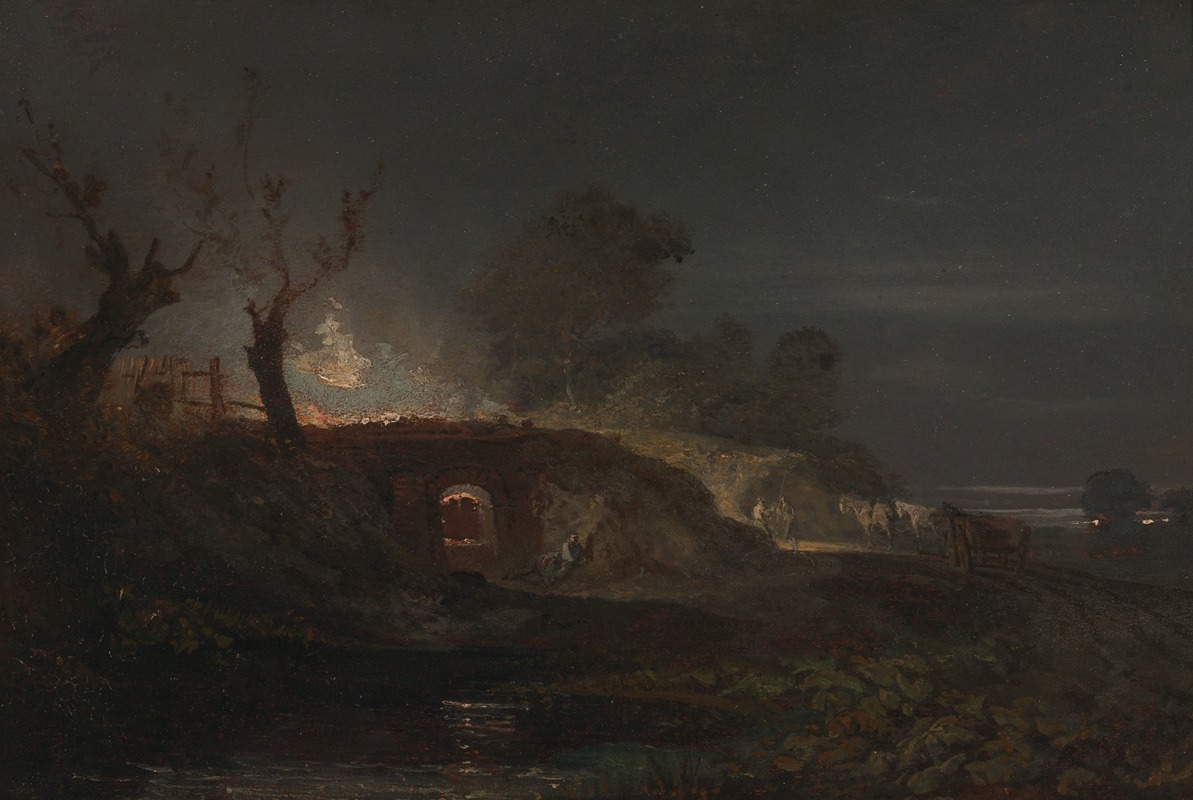
Limekiln at Coalbrookdale
A hand-painted replica of Joseph Mallord William Turner’s masterpiece Limekiln at Coalbrookdale, meticulously crafted by professional artists to capture the true essence of the original. Each piece is created with museum-quality canvas and rare mineral pigments, carefully painted by experienced artists with delicate brushstrokes and rich, layered colors to perfectly recreate the texture of the original artwork. Unlike machine-printed reproductions, this hand-painted version brings the painting to life, infused with the artist’s emotions and skill in every stroke. Whether for personal collection or home decoration, it instantly elevates the artistic atmosphere of any space.
Joseph Mallord William Turner, one of the most renowned British painters of the 19th century, is celebrated for his innovative and expressive landscapes and seascapes. Among his extensive body of work, "Limekiln at Coalbrookdale" is a notable piece that reflects his interest in the industrial landscape, a theme that was gaining prominence during the Industrial Revolution.
"Coalbrookdale" is a significant location in the history of the Industrial Revolution, situated in Shropshire, England. It is often regarded as one of the birthplaces of the Industrial Revolution due to its pioneering advancements in iron production. The area was home to the Coalbrookdale Company, which played a crucial role in the development of iron smelting techniques. This industrial backdrop provided Turner with a rich source of inspiration, allowing him to explore the interplay between nature and industry.
Turner's "Limekiln at Coalbrookdale" captures the essence of this industrial environment. Limekilns were structures used to produce lime through the calcination of limestone, a process essential for various industrial applications, including construction and agriculture. The painting likely depicts the limekilns in operation, with smoke and activity that characterize the industrial landscape of the time.
Turner's approach to painting was revolutionary. He was known for his ability to convey atmosphere and light, often using loose brushwork and vibrant colors to evoke emotion and mood. In "Limekiln at Coalbrookdale," these techniques would have been employed to highlight the dynamic and transformative nature of the industrial scene. The painting would have captured the contrast between the natural environment and the man-made structures, a theme Turner frequently explored in his work.
While specific details about the painting "Limekiln at Coalbrookdale" are limited, it is consistent with Turner's broader oeuvre, which often depicted the tension between the natural world and industrial progress. His works from this period reflect a fascination with the changing landscape of Britain, as traditional rural scenes gave way to industrialization.
Turner's interest in industrial subjects was part of a larger trend among artists of the time, who were beginning to document and interpret the profound changes brought about by the Industrial Revolution. His paintings serve as historical records, capturing the spirit of an era marked by technological advancement and societal transformation.
In summary, "Limekiln at Coalbrookdale" by J.M.W. Turner is a representation of the industrial landscape during a pivotal moment in history. Although specific details about the painting are scarce, it is emblematic of Turner's innovative style and his ability to capture the essence of the industrial age. Through his work, Turner provides a window into the past, offering insight into the complex relationship between humanity and the environment during a time of significant change.





